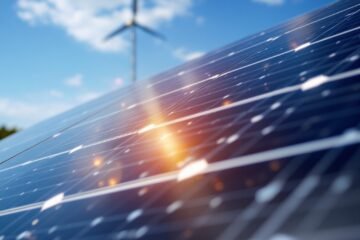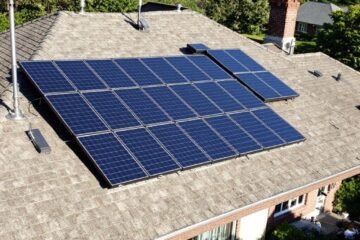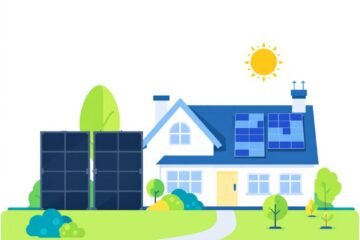Renewable resources are natural resources that can be replenished over time, such as solar, wind, and water. These resources offer a sustainable alternative to fossil fuels, which are finite and produce greenhouse gases when burned. As the world becomes increasingly aware of the need to reduce our carbon footprint and protect the environment, it is essential to explore and invest in renewable resources as a source of energy. In this article, we will take a closer look at various renewable resources examples and how they are being used to power our world.
The importance of transitioning to renewable resources cannot be overstated. The burning of fossil fuels is a significant contributor to climate change, which is already causing devastating impacts such as sea level rise, more frequent and intense natural disasters, and changes in weather patterns. We can reduce our reliance on fossil fuels by using renewable resources and mitigate these negative impacts.
In addition to the environmental benefits, transitioning to renewable resources also has economic and social benefits. Renewable energy sources are often more cost-effective in the long run, as they do not require the extraction, transportation, and refining of fossil fuels. Renewable energy projects can also create jobs and stimulate local economies, particularly in rural areas. Let us get into some renewable resources examples.
Solar Energy
Solar energy is the energy that is produced by the sun’s light. It is a renewable resource example that can be harnessed through the use of solar panels, which are made up of photovoltaic (PV) cells. PV cells convert sunlight into electricity, which can be used to power homes, businesses, and other buildings.
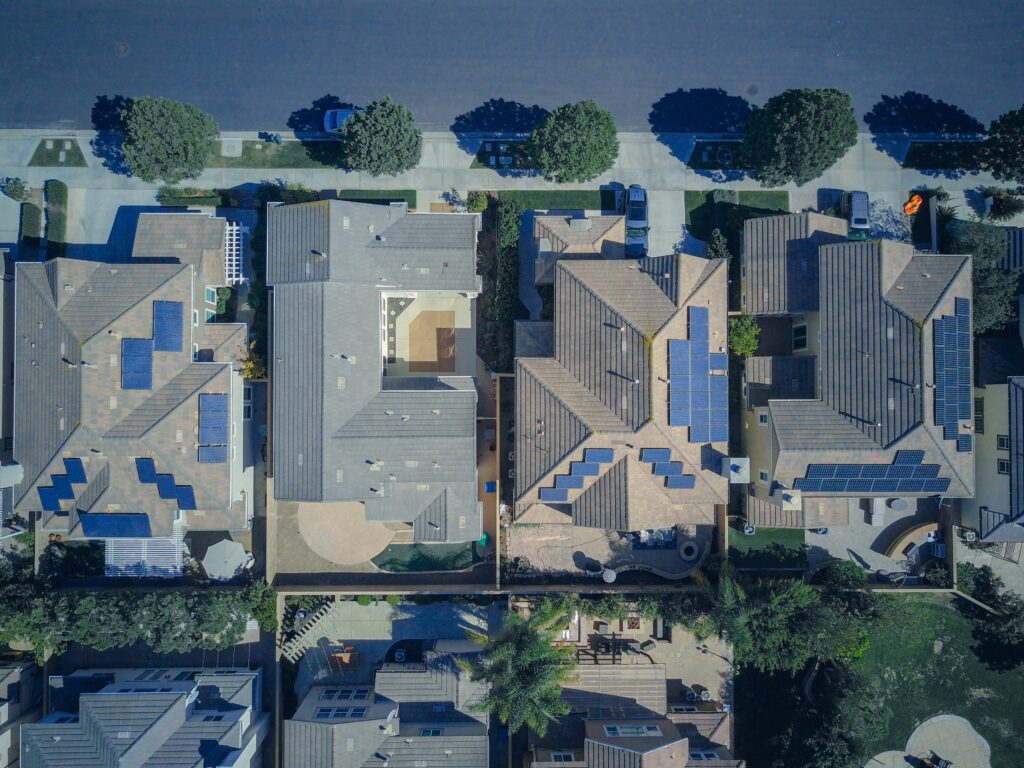
Solar panels are usually installed on rooftops or the ground, facing towards the sun. They are connected to an inverter, which converts the direct current (DC) electricity produced by the PV cells into alternating current (AC) electricity, the type of electricity used in homes and buildings. The AC electricity is then sent to the electrical panel, where it can be used to power appliances and devices.
There are several types of solar energy technology, including:
Solar panels: These are the most common type of solar energy technology. They are made up of PV cells that convert sunlight into electricity. Solar panels can be used to power homes, businesses, and other buildings.
Solar water heaters: These use the sun’s energy to heat water for use in showers, sinks, and other household purposes. Solar water heaters can be used instead of traditional water heaters, which use electricity or gas to heat water.
Solar cookers: These use the sun’s energy to cook food. They are a sustainable and efficient alternative to traditional stovetops and ovens, which use electricity or gas.
Solar lighting: These use solar panels to charge batteries, which can then be used to power lights. Solar lighting is a sustainable and cost-effective alternative to traditional lighting sources, which use electricity.
Solar pumps: These use solar panels to power pumps that can be used for irrigation, water supply, and other purposes. Solar pumps are a sustainable and efficient alternative to traditional pumps, which use electricity or fossil fuels.
Wind Energy
Wind energy is the energy that is produced by the movement of air. It is a renewable resource example that can be harnessed through the use of wind turbines, which are machines that convert the kinetic energy of wind into electricity.
Wind turbines consist of a rotor, which is made up of blades, and a generator. When the wind blows, it turns the rotor’s blades, which causes the generator to produce electricity. The electricity is then sent to a transformer, which converts it to the correct voltage for homes and buildings.
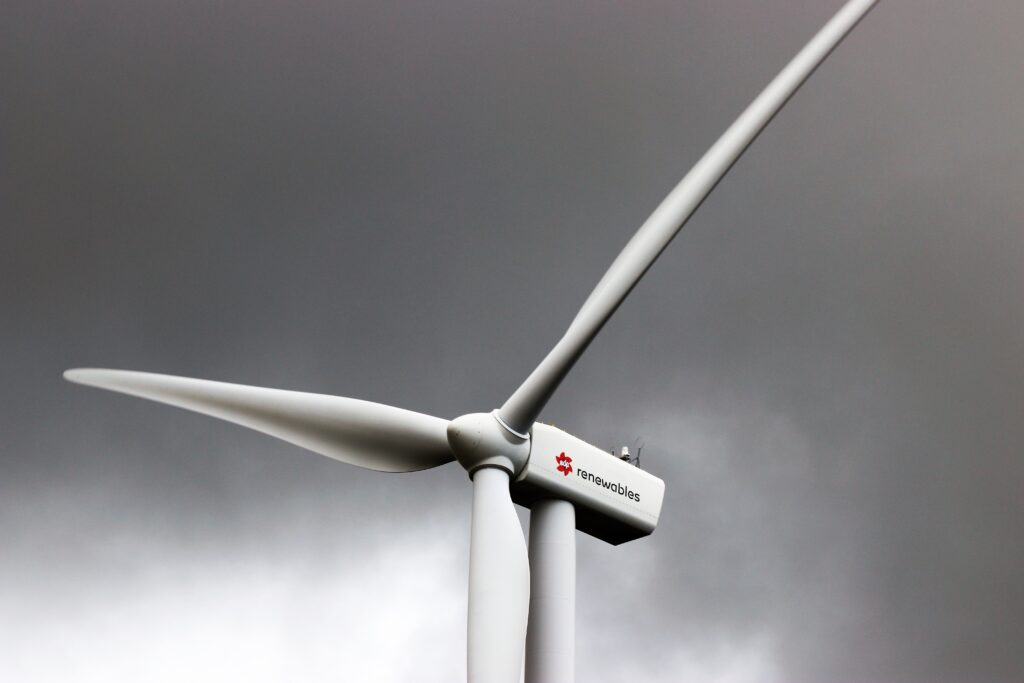
There are several types of wind energy technology, including:
Wind turbines: These are the most common type of wind energy technology. They are made up of a rotor and a generator and are used to generate electricity. Wind turbines can be used to power homes, businesses, and other buildings.
Wind farms: These are groups of wind turbines that are used to generate electricity on a larger scale. Wind farms can be used to power entire communities or even entire countries.
Offshore wind turbines: These are wind turbines placed offshore in bodies of water such as the ocean or a lake. Offshore wind turbines have the advantage of more substantial and consistent winds. Still, they are more expensive to install and maintain due to their location.
Vertical axis wind turbines: These are wind turbines with a vertical axis, as opposed to a horizontal axis like traditional wind turbines. Vertical-axis wind turbines are more efficient at capturing wind from multiple directions. Still, they are less common than horizontal-axis wind turbines.
Small wind turbines: These are wind turbines that are designed for use in small-scale applications, such as powering homes or small businesses. Small wind turbines are typically less expensive and more portable than large wind turbines.
Hydroelectric Energy
Hydroelectric energy is the energy that is produced by the movement of water. It is a renewable resource example that can be harnessed through the use of hydroelectric technology, such as dams and hydroelectric generators.
Hydroelectric dams work by using the force of falling water to turn a turbine connected to a generator. The generator converts the turbine’s mechanical energy into electricity, which is then sent to a transformer and converted to the correct voltage for use in homes and buildings.
There are several types of hydroelectric technology, including:
Dams: These are structures that are built across rivers or streams to create reservoirs of water. The water is then released through a turbine, which generates electricity. Dams can be used to generate electricity on a large scale.
Microhydro systems: These are small-scale hydroelectric systems that can power homes or small businesses. Microhydro systems typically use smaller turbines and generators and are often used in areas with a reliable water source.
Hydroelectric generators: These machines use the kinetic energy of moving water to generate electricity. Hydroelectric generators can be used in various settings, including dams and small-scale micro-hydro systems.
Ocean wave energy systems: These are systems that use the energy of ocean waves to generate electricity. Ocean wave energy systems typically consist of a floating platform with a hydroelectric generator, which is turned by the movement of the waves.
Tidal energy systems: These are systems that use the energy of tidal currents to generate electricity. Tidal energy systems typically consist of a turbine placed in a tidal channel and are often used in coastal areas with strong tidal currents.

Geothermal Energy
Geothermal energy is the energy that is produced by the heat of the Earth’s interior. It is a renewable resource example that can be harnessed through the use of geothermal technology, such as geothermal heat pumps and geothermal power plants.
Geothermal heat pumps work by using the constant temperature of the Earth’s subsurface as a heat source in the winter and a heat sink in the summer. A geothermal heat pump consists of a loop of piping buried underground, a heat exchanger, and a heat pump unit. The piping loop is filled with a fluid that absorbs heat from the ground in the winter and releases heat back into the ground in the summer. The heat exchanger transfers the heat from the fluid to the air, which is then circulated through the building.
Geothermal power plants work by using the heat of the Earth’s interior to generate electricity. There are two main types of geothermal power plants: dry steam power plants and flash steam power plants. Dry steam power plants use naturally occurring steam to turn a turbine and generate electricity. Flash steam power plants use hot water brought to the surface through a well. The hot water is then converted into steam, which is used to turn a turbine and generate electricity.
There are several types of geothermal technology, including:
Geothermal heat pumps: These use the constant temperature of the Earth’s subsurface to heat and cool buildings. Geothermal heat pumps are a sustainable and efficient alternative to traditional heating and cooling systems, which use electricity or fossil fuels.
Geothermal power plants: These use the heat of the Earth’s interior to generate electricity. There are two main types of geothermal power plants: dry steam power plants and flash steam power plants.
Geothermal district heating systems: These are systems that use geothermal energy to heat multiple buildings in a district or community. Geothermal district heating systems are a sustainable and efficient alternative to traditional heating systems, which use electricity or fossil fuels.
Geothermal cooling systems: These use the constant temperature of the Earth’s subsurface to cool buildings. Geothermal cooling systems are a sustainable and efficient alternative to traditional cooling systems, which use electricity.
Biomass Energy
Biomass energy is produced from organic materials, such as wood, crops, and animal waste. It is a renewable resource example that can be harnessed through the use of biomass technology, such as biogas and wood-burning stoves.
Biogas is produced through the process of anaerobic digestion, in which microorganisms break down organic materials in the absence of oxygen. The process produces methane, which can be burned to generate electricity or heat. Biogas can be made from various organic materials, including food waste, agricultural waste, and animal manure.
Wood-burning stoves are a common type of biomass technology. They work by burning wood to generate heat, which can be used to heat homes, buildings, and other structures. Wood-burning stoves are a sustainable and efficient alternative to traditional heating systems, which use electricity or fossil fuels.
There are several types of biomass technology, including:
Biogas: This is produced through anaerobic digestion and can be burned to generate electricity or heat. Biogas can be produced from a variety of organic materials, including food waste, agricultural waste, and animal manure.
Wood-burning stoves: These are used to burn wood to generate heat, which can heat homes, buildings, and other structures. Wood-burning stoves are a sustainable and efficient alternative to traditional heating systems, which use electricity or fossil fuels.
Biomass boilers: These boilers burn biomass, such as wood chips or pellets, to generate heat. Biomass boilers can heat homes, buildings, and other structures and are a sustainable and efficient alternative to traditional heating systems.
Biofuels: These are fuels made from biomass, such as ethanol and biodiesel. Biofuels can be used as an alternative to fossil fuels. They can be produced from a variety of organic materials, including corn, soybeans, and vegetable oils.
Biomass power plants: These power plants burn biomass, such as wood chips or pellets, to generate electricity. Biomass power plants are a sustainable and efficient alternative to traditional power plants, which use fossil fuels.
In Conclusion
Renewable resources examples are natural resources that can be replenished over time, such as solar energy, wind energy, and water. These resources offer a sustainable alternative to fossil fuels, which are finite and produce greenhouse gases when burned.
Throughout this article, we have explored various renewable resources examples and how they are being used to power our world. We have looked at solar energy, which is produced by the sun’s light and heat; wind energy, which is produced by the movement of air; hydroelectric energy, which is produced by the movement of water; geothermal energy, which is produced by the heat of the Earth’s interior; and biomass energy, which is made from organic materials.
These renewable resources examples have the potential to play a significant role in meeting our energy needs sustainably and efficiently. As the world becomes increasingly aware of the need to reduce our carbon footprint and protect the environment, it is crucial to continue investing in and developing renewable resources. Doing so can create a more sustainable and equitable future for us all.
